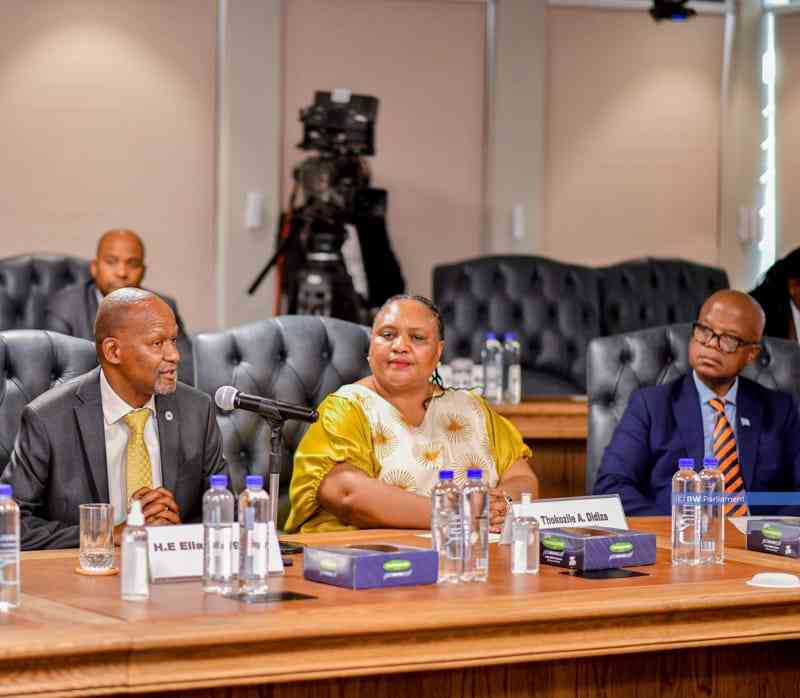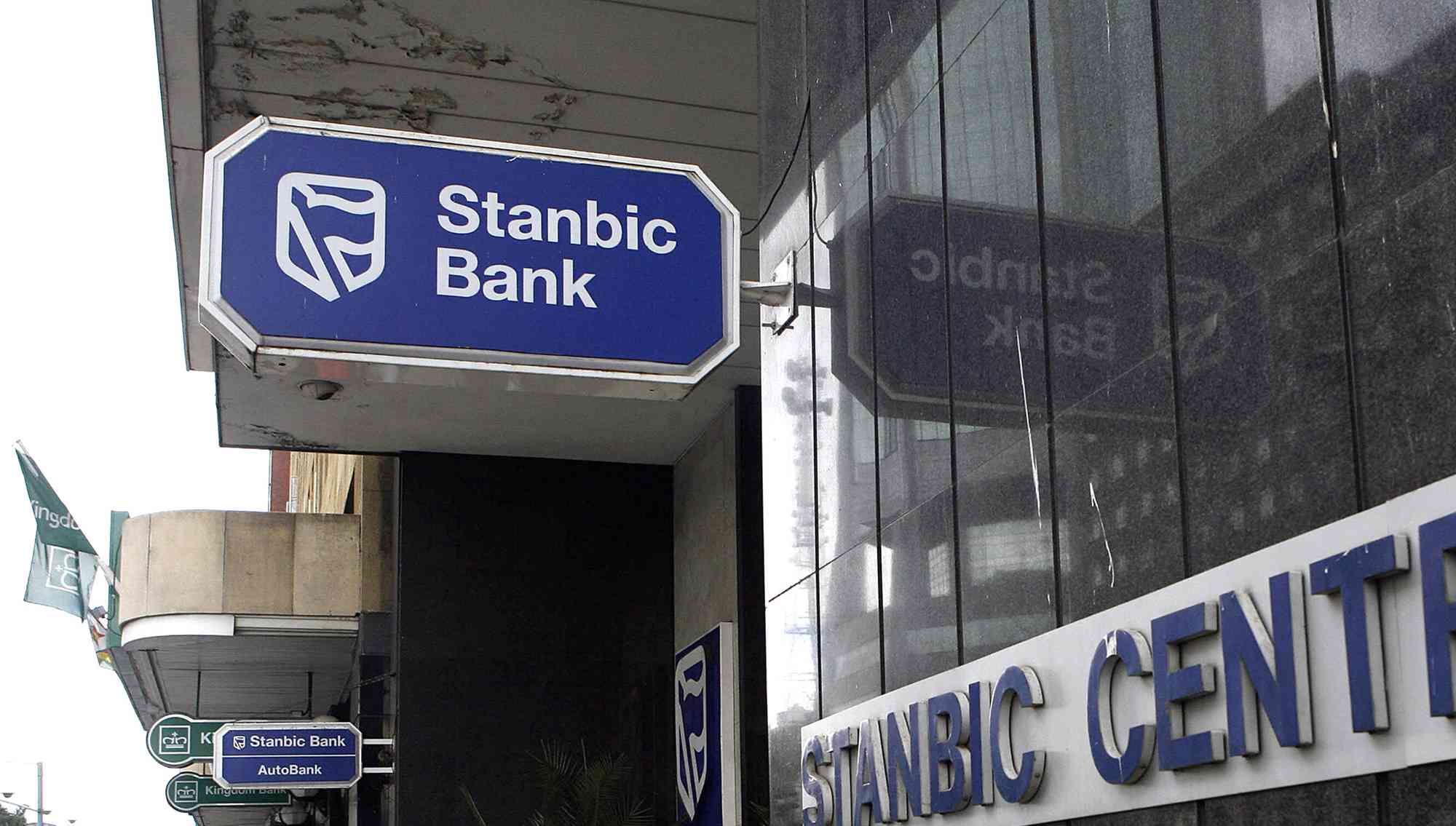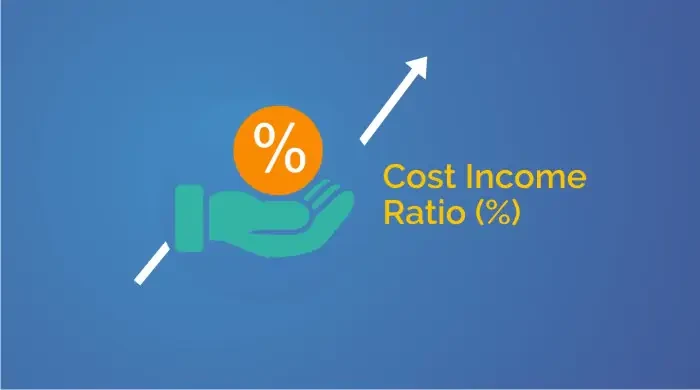
Trading on mainland Chinese markets has been halted for the day after shares fell more than 7% for the second time this week.
BBC

The “circuit-breaker” rule, designed to stem volatility, was triggered in the first 30 minutes of trading, making it China’s shortest trading day on record.
The slump prompted renewed panic on global markets, with European share indexes falling more than 2%.
Investors are nervous after the central bank moved to weaken the yuan.
This indicates that Beijing is looking to boost exports, as China’s economy may be slowing more than expected. What are China’s ‘circuit-breakers’?
The measures were announced in December after a summer of dramatic market losses – used for the first time time on Monday and again on Thursday
- Chamisa under fire over US$120K donation
- Mavhunga puts DeMbare into Chibuku quarterfinals
- Pension funds bet on Cabora Bassa oilfields
- Councils defy govt fire tender directive
Keep Reading
They automatically stop trading in stock markets that drop or appreciate too sharply – a 15-minute break if the CSI 300 Index moves 5% from the market’s previous close, or a whole-day halt if it moves 7% or more.
Supposedly introduced to limit panic buying and selling – which is more likely in small investor-dominated markets like China’s – but critics say they only add to selling pressure the next day
The CSI 300 index, which triggers the trading halt, fell 7.2% to 3,284.74. The index is a collection of blue-chip stocks from Shanghai and Shenzhen, and first sparked a 15-minute trading halt after it fell 5%.
During that pause, though, many traders put in “sell” orders, which saw the market immediately resume its tumble until it hit the 7% threshold.
The mainland benchmark Shanghai Composite index also fell 7.3% to 3,115.89, while the tech-heavy Shenzhen Composite lost 8.3% before trading was stopped entirely for the day.
It was the shortest trading day in the 25-year history of China’s stock market.
After the trading halt, the China Securities Regulatory Commission announced that major shareholders could not sell more than 1% of a company’s shares within three months as of 9 January.
It comes as a previous six-month ban of stock sales by major shareholders is set to expire on Friday.
European stock markets opening Thursday morning also all fell sharply in reaction to the developments in China. In the first half-hour of trading, London’s FTSE 100 fell 2.3%, the Paris Cac 40 shed 2.5% and Frankfurt’s Dax dived 3.1%.
Depreciating yuan
Recent moves by Beijing to depreciate the yuan have ignited fears that the world’s second-largest economy is slowing more than expected and could trigger another wave of competitive currency devaluation in the region.
Bernard Aw, market strategist at trading firm IG, said the negative sentiment was because of the perception that China may further weaken the yuan, igniting concerns over what that might mean for other economies.
China’s central bank set a weaker yuan guidance rate for the eighth day, pushing the offshore yuan to 6.5646 per US dollar – which is the lowest level since March 2011.
A weakening of the currency is often seen by investors as an indication that that the economy is doing worse and needs to be propped up by boosting exports. A lower yuan makes the cost of exporting goods for Chinese companies cheaper, giving the slowing factory sector a boost.
After disappointing manufacturing data on Monday, the mainland benchmark index plunged 7%, triggering a global equities sell-off.
The negative sentiment spilled over the border to Hong Kong, where the Hang Seng index also lost 3%, closing at 20,333.34 points.
Oil supply worries
Meanwhile, Brent crude prices hit new 11-year lows on oversupply concerns, also weighed on investors’ confidence.
Japan’s Nikkei 225 index finished down 2.3% to 17,767.34, while Australia’s S&P/ASX 200 index lost 2.2% to 5,010.30 as energy shares dragged down the market.
Shares of Woodside Petroleum closed down 5.1% as oil prices slid after data showed a surprising build-up of US gasoline stocks, adding to fear of a growing global glut.
Government data showing that Australia recorded its 20th monthly trade deficit in a row on falling commodity prices also dented confidence.
South Korea’s Kospi index ended lower by 1.1% to 1,904.33 points as geopolitical tensions rose after North Korea’s nuclear test on Wednesday.











